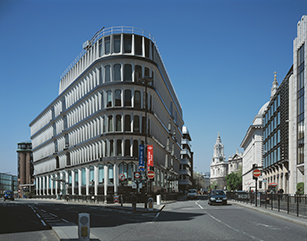Rent reviews typically occur once every five years, with ‘upward-only’ rent reviews almost universal practice. The lease will set out the basis upon which the new rent is to be agreed. Usually this will be the market rent of the premises at the date of rent review, although some leases may seek to align the new rent to increases in RPI or CPI rather than movement in office rentals.
It is not uncommon for tenants to be left exposed in a falling market with over-rented premises that can prove expensive and also potentially difficult to dispose of.
Rent review negotiation is a complex process. It requires an exhaustive understanding of the lease contract, in particular, the provisions for rent review to include the relevant lease assumptions and timetable for the rent review operation. It is especially important to determine whether ‘time is of the essence’, as the consequences of missing a specific lease date can be financially catastrophic.
If the landlord and tenant are unable to agree the new rent between them, the lease will usually include a dispute resolution arrangement. This typically involves the appointment of an independent expert or arbitrator who is authorised to settle the matter.
Because rent reviews are one of the most contentious practice areas in commercial real estate, we recommend seeking the advice of an experienced Chartered Surveyor. Our Principal, Nick McCalmont-Woods, will be pleased to guide you through the rent review process.






